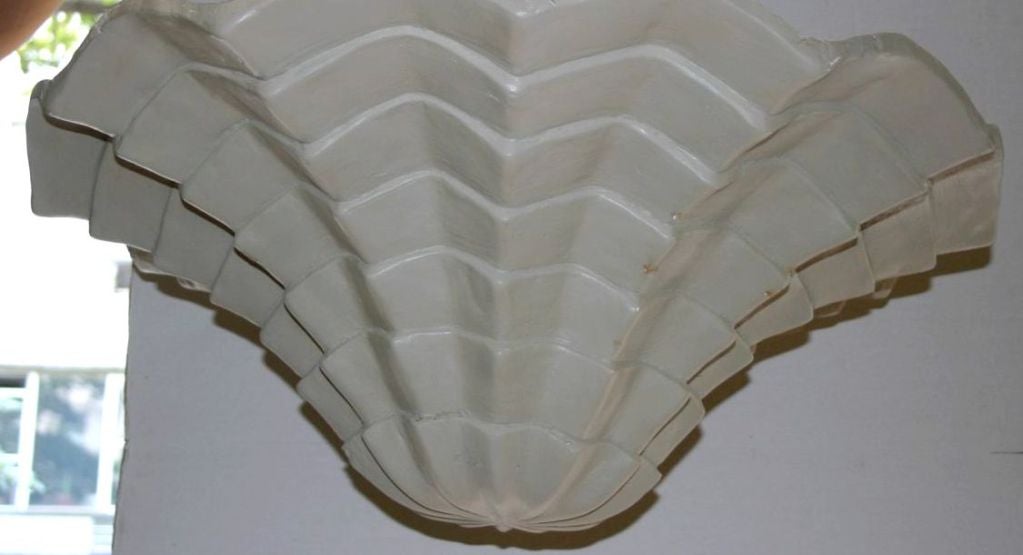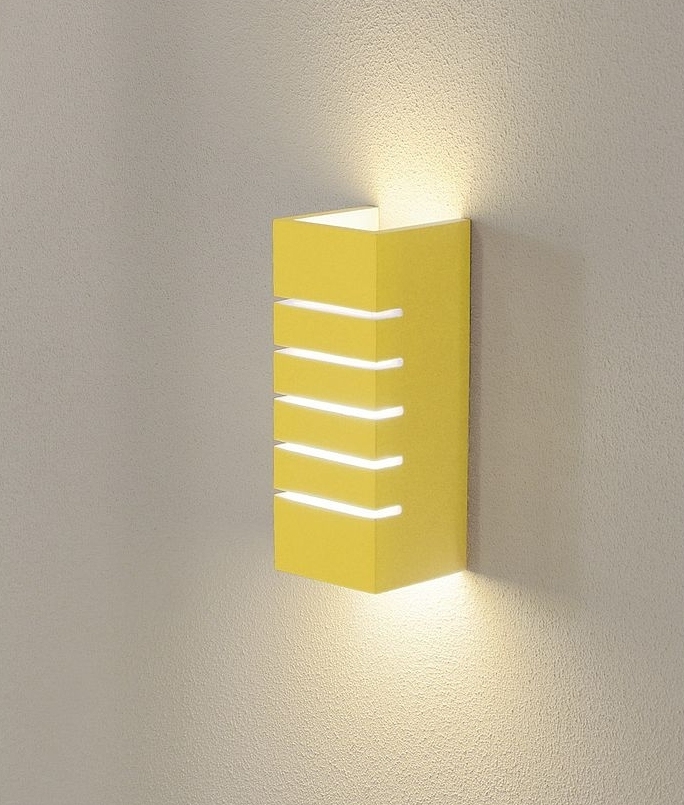
- Plaster patch behind light fixture how to#
- Plaster patch behind light fixture Patch#
- Plaster patch behind light fixture professional#
- Plaster patch behind light fixture free#
UV repair patches are a supple material similar to clothes that can adapt to any surface for a precise fit. UV patches can be actuated and treated with UV light emitted from a lamp if you’re working in a dark area and there’s no access to the sun.
Plaster patch behind light fixture Patch#
In UV repair patches, you apply the patch to the hole or rusted spot and wait for the sun’s Ultra-Violet rays to actuate the patch, hardening it in a couple of minutes after the first exposure. When it comes to damage from rust or small holes, UV repair patches are almost immediate fixes that’ll get you back up and operating fast. Try a UV patch to fix holes in metal without welding if you want a more long-lasting and permanent method of repairing holes. Also, it’s more intricate and expensive as compared to the other two methods.

Plaster patch behind light fixture professional#
To carry out this method, a professional is needed. Ensure that your hands are covered when adding the filling agent. When doing this, adhere to the safety measures. However, the application will make the surface stiff and you can use a baby sander or sandpaper to make it sleek. And, it creates a solid bond with the parent metal. The molten metal serves as a filling agent. Once it turns luminous red, pour the molten base metal into the holes and let it cool down gradually. This technique is more fit than others because patching and epoxy aren’t sufficiently good if your solid object has holes.ĭuring this procedure, the damaged section is heated up using a gas arc. Use of Filling Agents Credit: djacoby, Pixabay However, if you use adhesive tape to repair holes in a car body or any other metal type, that’s considered a transient solution. You can also paint it over to hide the repair work. After sealing the epoxy, ensure that you apply a primer to the patched spot to stop reforming the hole.Īdhesive or aluminum tape is an easy and fast solution, especially for auto body damage. Sealing a hole using epoxy can at times be a lasting solution depending on the damage extent and the patch job quality. Tape merchandise and specialty epoxy are intended to patch metal and steel.

These DIY techniques are efficient when fixing a small hole instead of a considerable tear. The two usual non-weld hole fixing options are epoxy and tape. Let’s jump right in!Įpoxy or Tape Credit: Dzhang2680, Commons Wikimedia
Plaster patch behind light fixture how to#
In this article, we shall discuss the step-by-step guide on how to fill metal holes without welding. The application of these techniques differs by nature of the parent metal and the hole, and the parent metal size. Some of the methods you can use are patching and use of epoxy by using thawed metal ore. In this stage, a question on how to fill metal holes without welding arises. If holes still form in the metal, it’s advisable to use a distinct method. However, you cannot apply it in specific conditions. For instance, when joining two metal pieces, welding is the best method. When fixing and rejoining metal objects, the best technique is welding. When holes form in your metal objects, what do you do? Which method do you use when it comes to filling these holes? What this means is that light fixtures made of plaster have become increasingly popular and are in high demand today.0 How to Fill Holes in Metal without Welding (Quick & Easy)

Plaster patch behind light fixture free#
In the category of “mud-in” light fixtures, the resistance to harsh environments makes plaster maintenance free because it prevents cracking. Plaster’s resistance to harsh environments such as high humidity, heat, and cold makes it a strong and durable material.

Many electricians and architects are becoming more interested in using more durable materials that can hold up against the test of time. Today, home builders and construction companies are using plaster everywhere from homes to buildings and in both small and large projects worldwide. Those who have built their structures with this durable material can attest to its strength and resilience over time. Their famous Egyptian Pyramids contain 4000 years old plaster that still shines brightly to this day! Since it was first invented back in ancient Egypt, plaster has been an integral part of the construction industry. Manufacturing and production of our light fixturesĪncient Egyptians were master plaster workers.


 0 kommentar(er)
0 kommentar(er)
